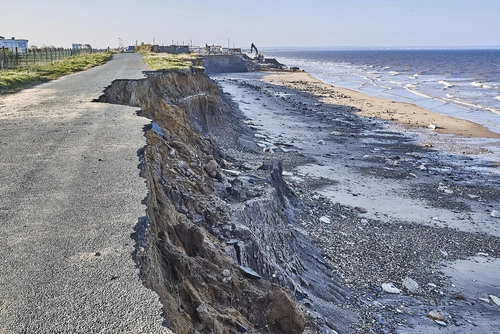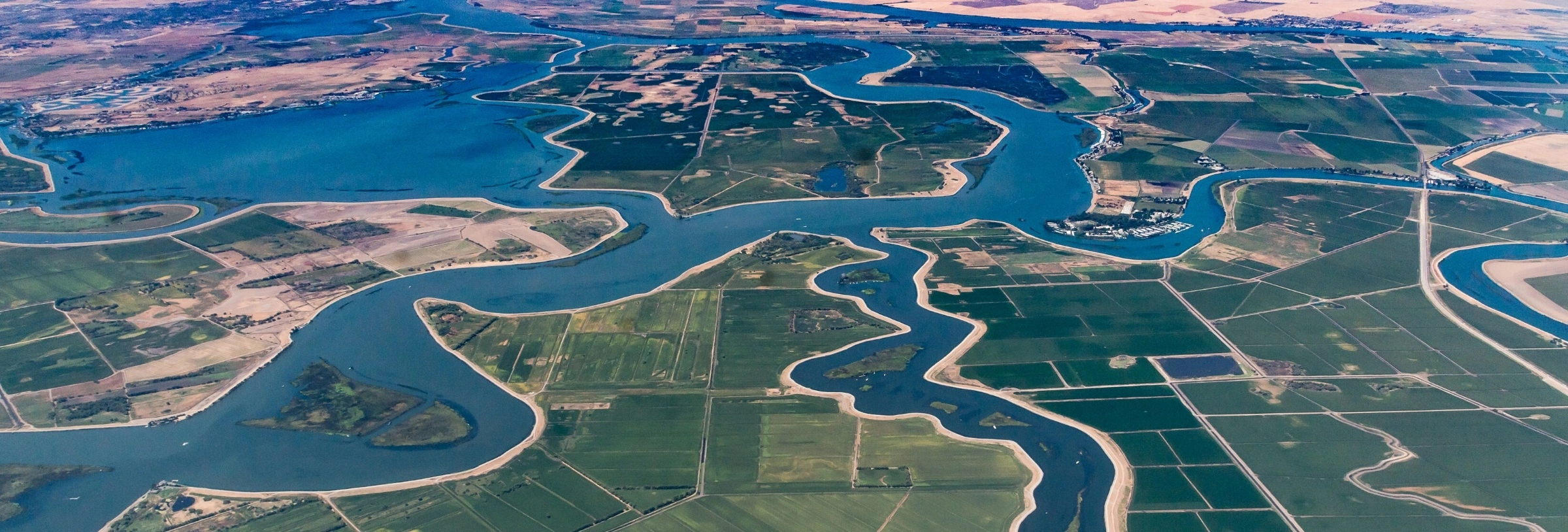
Sea level rise is a critical issue facing public agencies and property owners throughout the United States. In California alone, this phenomenon could impact thousands of residences and businesses, dozens of wastewater treatment plants and power plants and hundreds of miles of highways, roads and railways. Last year, the California Legislature introduced a number of bills that proposed to address, or anticipate, or mitigate the impacts of sea level rise in California. Almost all of those bills, however, failed to make their way to the Governor’s desk. This year, the California Legislature is doubling-down, having introduced more than a dozen bills intended to address sea level rise in some form or fashion. For example:
- Assembly Bill 67 (Petrie-Norris) would require state agencies to analyze the current and future impacts of sea level rise when planning, designing, building, operating, maintaining and investing in infrastructure located in the coastal zone or otherwise vulnerable to flooding from sea level rise or storm surges.
- Senate Bill 1 (Atkins) would amend the California Coastal Act to require that State and regional agencies, to the extent feasible and consistent with their statutory authorities, minimize and mitigate the impacts of sea level rise. The bill would also expressly require local coastal programs adopted under the Coastal Act to address sea level rise and potentially provide a funding mechanism for local governments to draw upon to update local and regional land use plans to take into account sea level rise and implement the actions in those plans to address sea level rise.
- Assembly Bill 50 (Boerner Horvath) would establish a State Climate Adaptation Center and Regional Support Network that would provide technical support and information to local governments on adapting to climate change impacts, including sea level rise.
- Senate Bill 83 (Allen) would establish the Sea Level Rise Revolving Loan Program, which would provide low-interest loans to a local jurisdiction for the purpose of purchasing coastal properties identified as “vulnerable” in the jurisdiction. In order to qualify for the loan, the local jurisdiction could not use eminent domain to acquire the property and the local jurisdiction must acquire the property “through a fair and transparent purchase process.”
While there are a number of additional bills that may also continue to wind their way through the Legislature, it is clear that California is looking at a number of options in order to try to address sea level rise. Whether for better or worse, many of these bills will make developing in the Coastal Zone more time consuming and costly. They will also likely limit what can be developed in the Coastal Zone and in some instances even outright ban future development.
Currently, property values in California do not seem to be impacted by the potential future effects of sea level rise or the wave of pending legislation. Homes and other types of property are still selling for huge premiums due to their ocean-proximity. The question is whether this continues, or whether buyers start taking into account possible limitations on development or redevelopment, restrictions on use, or potential impacts from sea level rise.
From a “takings” perspective, it appears the proposed legislation has been crafted broadly and in such a way as to avoid inverse condemnation or regulatory takings liability, but the real question will be how local jurisdictions implement the various programs (assuming the legislation is adopted). Local agencies will need to be careful to limit their actions or regulations so they do not (i) create a “per se” regulatory taking by limiting all economically beneficial use of a particular property, (ii) create a physical taking by constructing physical improvements (such as revetments) on private property, (iii) create a Nollan/Dolan taking by imposing unconstitutional exactions or dedication requirements, or (iv) create a Penn-Central taking through significant interference with a property owner’s investment-backed expectations.
Local coastal jurisdictions will face a delicate balancing act in the future in trying to manage, on the one hand, private property rights and avoiding takings liability, against, on the other hand, the need to maintain public beaches and protect costly damages to infrastructure.
- Partner
Brad Kuhn, chair of Nossaman's Eminent Domain & Inverse Condemnation Group, is a nationally-recognized leader in the areas of eminent domain/inverse condemnation, land use/zoning and other property and business disputes. Brad ...
- Partner
Ben Rubin is chair of Nossaman’s Environment & Land Use Group. Ben assists developers, public agencies, landowners and corporate clients on a variety of complex land use and environmental matters. He counsels clients on matters ...
California Water Views provides timely and insightful updates on the water sector in the state. We relay information on how water legislation and policy from the nation’s capital, Sacramento, and around the U.S. affect California’s water utilities, agencies, practitioners, and consumers. We also write about important events, conferences, legal cases, and other key happenings involving all things water in and around California.
Stay Connected
 RSS Feed
RSS Feed
Categories
- Clean Up of Groundwater & Contaminated Media
- Climate Change
- Coastal Development
- Construction
- COVID-19
- Dam Construction, Operation & Removal
- Desalination
- Environmental Protection Agency
- Events
- Government Administration
- Groundwater Management & SGMA
- Inverse Condemnation & Regulatory Takings
- New Legislation
- Oceans, Marine Life & Maritime Transportation
- Project Construction
- Projects
- Public Agency Regulation
- Recycled Water
- Regulatory Reform & Proposed Rules
- Right to Take
- Valuation
- Water Infrastructure
- Water Litigation
- Water Quality
- Water Rights
- Water Supply
- Water Utility Regulation


